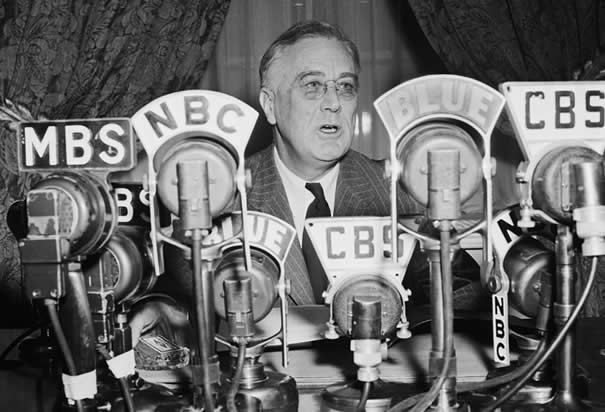- State:
- HI
- Site Type:
- Education and Health, Hospitals and Clinics
- New Deal Agencies:
- Public Works Administration (PWA), Public Works Funding
- Quality of Information:
- Minimal
- Site Survival:
- No Longer Extant
Description
The PWA built several facilities for the Territorial Hospital complex. Initially, the hospital accommodated patients from the Oahu Insane Asylum, founded by King Kamehameha IV in 1866 on the Iolani Palace grounds in Honolulu.1 The Territorial Hospital expanded and later became the Hawaii State Hospital.4
“On January 6, 1930 the Oahu Asylum closed and the U.S. Army moved the 549 patients to the new Territorial Hospital in Kaneohe. Even at its opening in 1930, the newly named Territorial Hospital was over-crowded, Overburdened facilities have been the situation ever since. It was not yet been possible for the Legislature to provide sufficient appropriations so that adequate buildings and staff could be maintained by the hospital, in spite of great advances in the hospital program itself. In 1939, the control of the Territorial Hospital was changed from the Board of Health, where it had been since its opening, to the newly formed Department of Institutions.”2
“The new hospital, with its spacious grounds and Spanish Mission revival style architecture, reflected the period’s more enlightened view on the treatment of the mentally ill, and was considered a model of its kind. The December 13, 1931 Honolulu Advertiser reported that mainland experts who visited the institution found it equal to some mainland hospitals and “far superior to most of those to be found anywhere.” With magnificent views of both the Koolau Mountains and Kaneohe Bay, the design of the new hospital strove to avoid a “frigid institutional atmosphere,” (Honolulu Advertiser, November 24, 1929) and provided ample room for recreation and farming. The physicians felt such beautiful surroundings would have a beneficial effect upon the patients. Equipped with its own sewage plant, power house, water system, bakery, kitchen, laundry facility, and ice plant, the new hospital was likened to a city unto itself, a “haven of refuge for the insane” (Ibid.). The patients worked in the laundry, bakery, kitchens, shops, sewing room, and the farm, which included a dairy.
Not only did the physical plant indicate the changed attitude towards the mentally ill, but also the terms employed in the administration of the hospital disclosed the shifting philosophy of treatment. Terms such as “mental illness,” “order of hospitalization,” and “conditional discharge,” supplanted such words as “lunacy,” “insanity,” “order of commitment,” and “parole.” The complex itself was called a “hospital” rather than a “lunatic asylum” or “insane asylum.” Although accommodating great advances in the treatment of the mentally ill, the new hospital primarily served as an institution of custody rather than one of treatment.”3
In 1935, contracts were awarded for “the construction of a disturbed patients’ ward, a female convales- cent ward and a male convalescent ward for the Territorial hospital at Kaneohe, Oahu, provided by Act 23, Special Session Laws of 1933, for the sum of $165,839, of which $46,300 was contributed from P. W. A. funds.”5
Source notes
1. (https://www.nlm.nih.gov/nativevoices/timeline/449.html) and (https://thehawaiiherald.com/2015/05/gone-but-no-longer-forgotten/ ), accessed on April 25, 2017. 2. (https://www.asylumprojects.org/index.php?title=Hawaii_State_Hospital), accessed on April 25, 2017. 3. Ward B-3 (Lono Ward) (Hale Manaleo), Historic American Buildings, Survey National Park Service, U.S. Department Of The Interior,(https://cdn.loc.gov/master/pnp/habshaer/hi/hi0800/hi0865/data/hi0865data.pdf), accessed on April 26, 2017. 4. TERRITORIAL HOSPITAL, GODDARD TREATMENT CENTER (Kaneohe State Hospital), Historic American Buildings, Survey National Park Service, U.S. Department Of The Interior, (https://lcweb2.loc.gov/master/pnp/habshaer/hi/hi1000/hi1009/data/hi1009data.pdf), accessed on April 26, 2017. 5. U.S. Department of the Interior, Annual Report of the Governor of Hawaii to the Secretary of the Interior for the Fiscal Year Ended June 30, 1935, Washington, DC: U.S. Government Printing Office, 1935, p. 40.Site originally submitted by Brent McKee on April 26, 2017.
Contribute to this Site
We welcome contributions of additional information on any New Deal site.
Submit More Information or Photographs for this New Deal Site




Join the Conversation